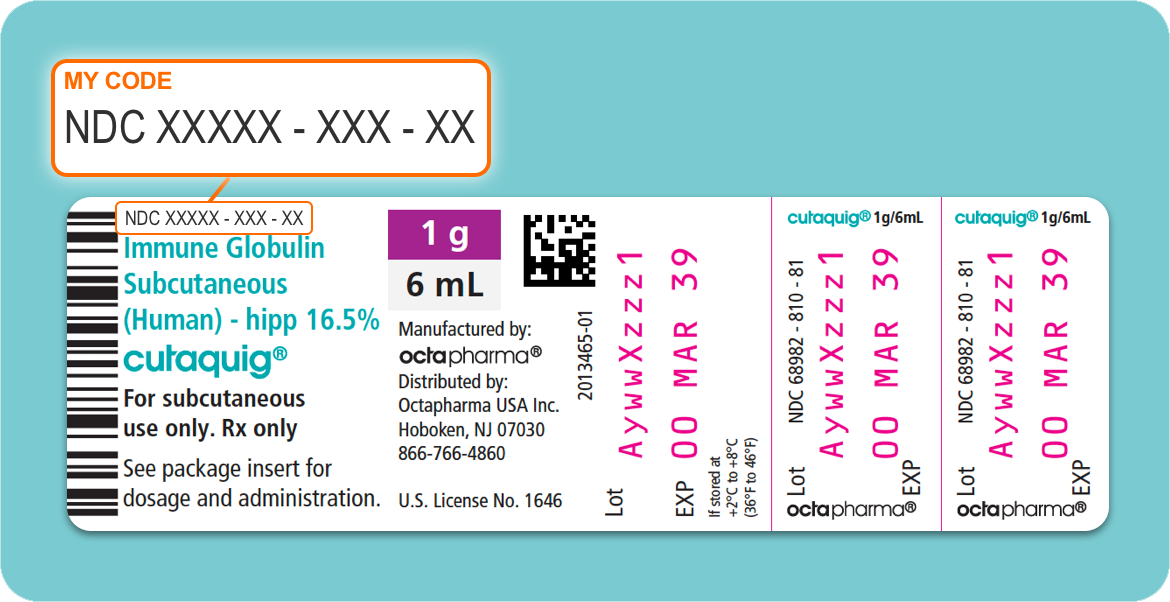Is Immunoglobulin Replacement Therapy (IgRT) Safe?
The use of antibodies to prevent infection dates back to the 1800s when tetanus toxin was first discovered.2 Use of immunoglobulins as a lifesaving therapy for patients with PI followed in 1952 when the first form of immunotherapy was used to treat a boy with PI.6 Since then, IgRT has become standard practice for the long-term treatment of patients with immune diseases.4,7 At first, intramuscular Ig (abbreviated IMIg) administration was the only therapy available. However, because IMIg was poorly tolerated by patients, the US Food and Drug Administration (FDA) approved IVIg as an alternative to treat patients with PI in the early 1980s.7 In 2006, with the FDA approval of SCIg, the treatment options for patients with PI on life-long antibody replacement therapy expanded.4,8 Today, there are as many as 14 immunoglobulin therapy products available on the US market. Some products are for intravenous-use only; some are for subcutaneous-use only, while others can be used for both IVIg and SCIg.4
The success of IgRT has had a positive impact through reduction of doctor visits, days on antibiotics, and hospital stays, as well as days missed from work or school because of illness. After years of Ig use, we have learned that IgRT therapy can help prevent severe bacterial infections, such as pneumonia, sepsis, and meningitis.9 It also can contribute to lowering the rate of more frequent infections, like bronchitis, sinusitis, and ear infections.9 Since the introduction of IgRT, the survival rate of patients with antibody deficiencies has increased dramatically.9
The typical long-term safety of Ig preparations has been well established.7 However, since Ig therapies are biological blood products (treatments made from antibodies in human blood plasma), researchers are aware that infusion-associated infections are possible. Because of the continual advancement of management and testing technologies, no cases of IVIg-related pathogen transmissions (including hepatitis B and C viruses, and human immunodeficiency virus [HIV]) have been reported since the mid-1990s.7
As with all medications, IgRT is not without risk. Although its benefits have been shown to outweigh its risks in the treatment of some diseases,3 unintended harmful side effects (known as adverse events) can occur with IgRT.9 Adverse reactions to IgRT products can be local (at the injection site) or systemic (in the body), immediate or delayed.10 Frequently, adverse reactions can occur during the first infusions, particularly for new patients starting IgRT for the first time.4 Reactions also can be fairly common in patients who are returning to therapy after a prolonged interruption or who have changed their IgRT product.11,12 Although mild-to-moderate adverse reactions can be common, severe adverse events are rare.7
Your healthcare provider is your best source of information about the benefits, risks, and mitigation strategies (steps to reduce the risks) of IgRT. Take the time to talk to your prescriber to determine which IgRT administration option is best for your unique medical needs and lifestyle.
To learn more about the specific adverse reactions and safety comparisons of IVIg and SCIg therapies, see An Overview of IVIg and SCIg Side Effects.




